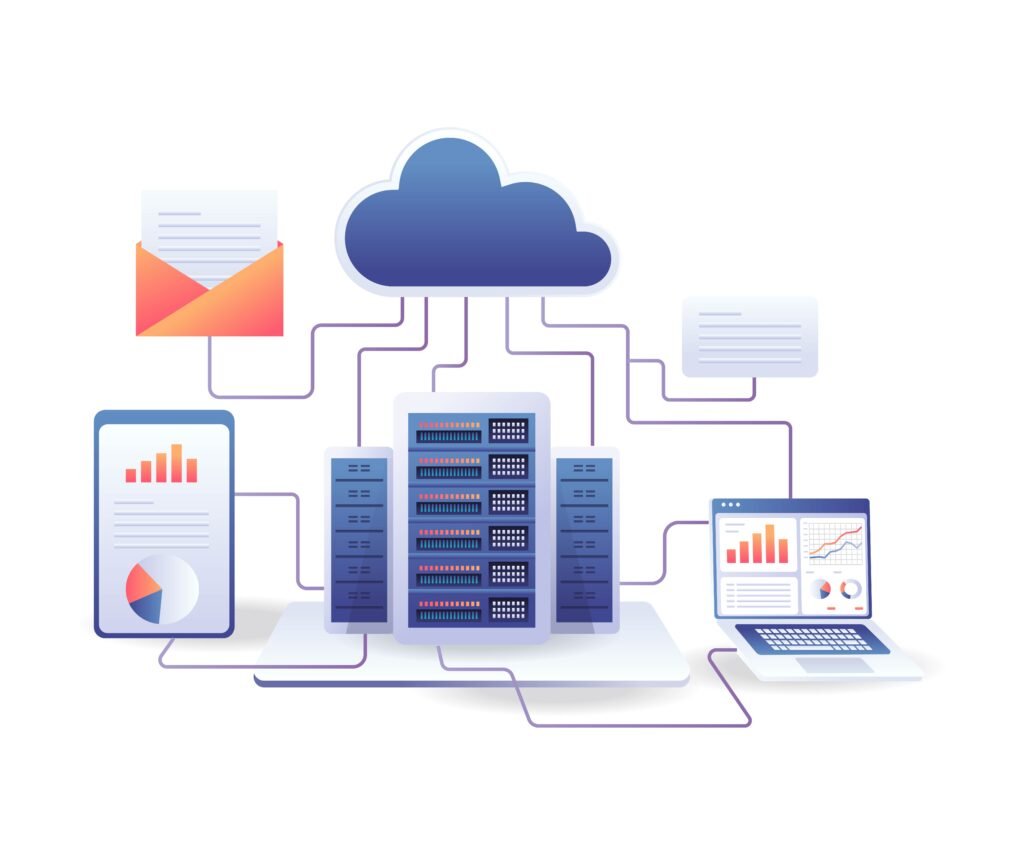Revolutionizing Retail Strategies: The Impact of Generative AI
In the ever-evolving realm of retail, the focus for top retailers extends beyond seasonal peaks. Generative AI is becoming a cornerstone in their approach, transforming how they manage inventory, set prices, and enhance overall customer experiences.

Generative AI’s Role in Retail Excellence
As retailers seek continuous success, Generative AI, especially through CodeHive technologies, is at the forefront of their strategic evolution.
Real-Time Customer Support
Amidst the daily retail landscape, providing efficient customer support is essential. Generative AI-powered chatbots and virtual assistants, available round the clock, streamline customer inquiries. This minimizes delays, reduces reliance on human intervention, and ensures customers receive prompt assistance, thereby elevating their shopping experience.
Sentiment Analysis
Understanding customer sentiments is a perpetual need for retailers. Generative AI excels in sentiment analysis by tapping into social media discussions. Deciphering shopping trends and customer preferences, retailers gain invaluable insights for real-time adjustments to marketing and pricing strategies.

Predictive Inventory Management
Evading inventory pitfalls is a constant game-changer for retailers. Generative AI introduces predictive inventory management, analyzing historical sales data, market trends, and consumer behavior. This forecasting capability helps retailers anticipate product demand, mitigating overstock and understock issues.
Category-Based Communications
Tailoring communications to individual preferences is an ongoing strategic imperative. Generative AI, with its proficiency in analyzing customer behavior, enables effective shopper segmentation. This segmentation facilitates hyper-targeted recommendations, discounts, and promotions, significantly boosting conversion rates.

In the competitive retail landscape, Generative AI, especially with CodeHive technologies, emerges as a transformative force. By seamlessly integrating this technology into their strategies, retailers can enhance operational efficiency, make data-driven decisions, and pave the way for sustained success throughout the retail calendar. Please Contact Us for more detailed insights and learn how can we help you.














